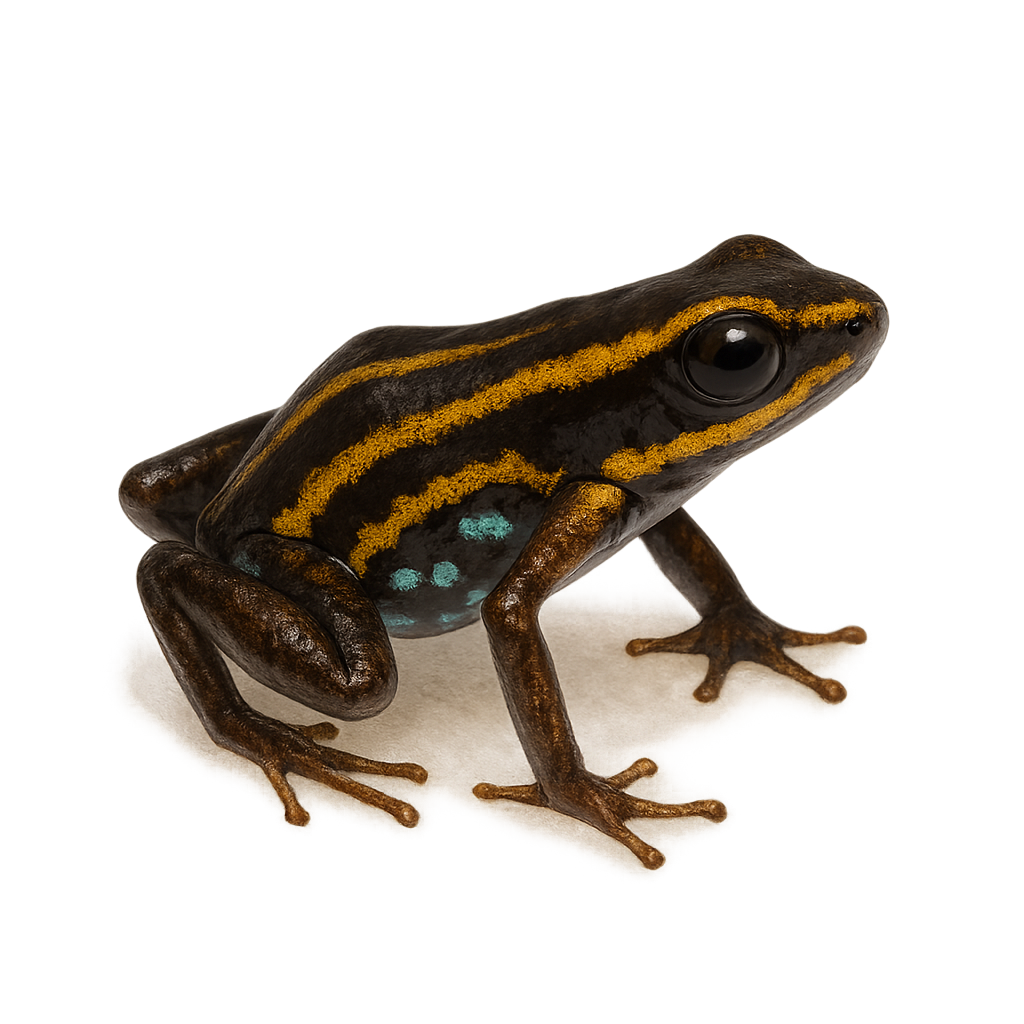Your wildlife photography guide.
Explore the blue-bellied poison frog in detail, study its behavior, prepare your shots.
Where to observe and photograph the blue-bellied poison frog in the wild
Learn where and when to spot the blue-bellied poison frog in the wild, how to identify the species based on distinctive features, and what natural environments it inhabits. The WildlifePhotographer app offers tailored photography tips that reflect the blue-bellied poison frog’s behavior, helping you capture better wildlife images. Explore the full species profile for key information including description, habitat, active periods, and approach techniques.
Blue‑bellied poison frog
Scientific name: Andinobates minutus

IUCN Status: Least Concern
Family: DENDROBATIDAE
Group: Amphibians
Sensitivity to human approach: Suspicious
Minimum approach distance: 2 m
Reproduction period: April to May
Incubation: 10–14 jours
Births: May to June
Habitat:
tropical rainforests, leaf litter
Activity period :
Primarily active during the day, with peak activity in the morning and late afternoon.
Identification and description:
The Blue‑bellied poison frog, or Andinobates minutus, is a small, brightly colored frog native to the tropical rainforests of Colombia and Panama. Known for its vivid, toxic skin, it serves as a defense mechanism against predators. Typically measuring between 12 and 17 mm, this species displays hues ranging from blue to red, often with distinctive black patterns. It primarily inhabits leaf litter and feeds on small insects and arthropods. The Minute Poison Frog is diurnal, being active mainly during the day. Although its population is stable, it faces threats from deforestation and habitat loss.
Recommended lens:
Macro – adjust based on distance, desired framing (portrait or habitat), and approach conditions.
Photography tips:
To photograph the Blue‑bellied poison frog, it's essential to approach slowly to avoid startling it. Use a macro lens to capture the details of its colorful, toxic skin. Natural morning or afternoon light is ideal for highlighting its vivid colors. Ensure you maintain a safe distance of at least 2 m to avoid disturbing its natural habitat. Be patient and wait for it to move naturally to capture dynamic shots.
The WildlifePhotographer App is coming soon!
Be the first to explore the best nature spots, track rutting seasons, log your observations, and observe more wildlife.
Already 1 431 wildlife lovers subscribed worldwide

